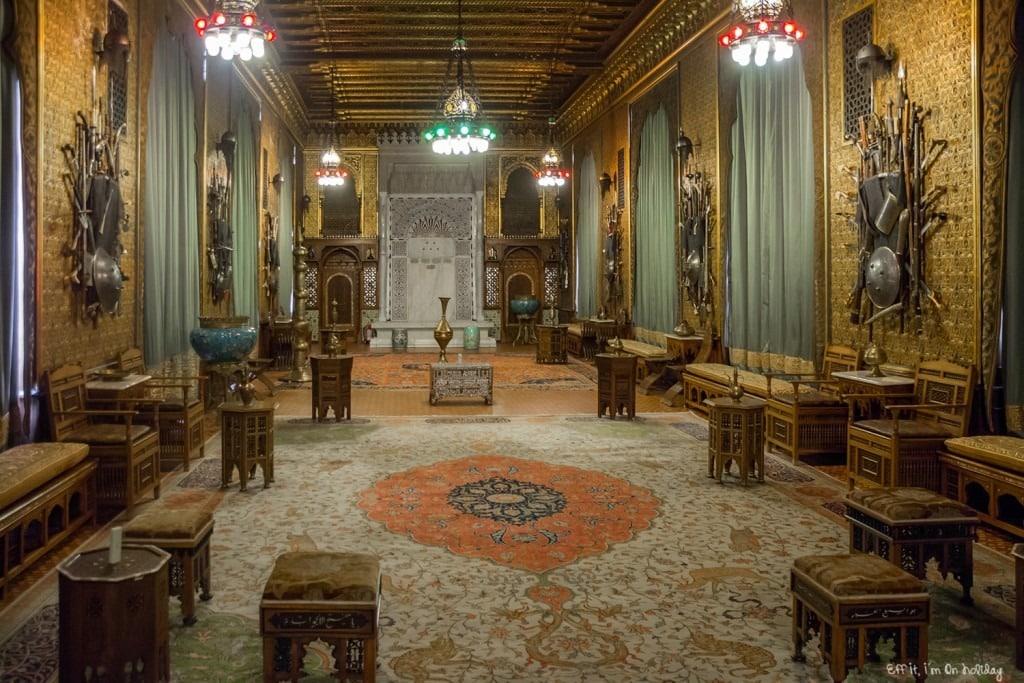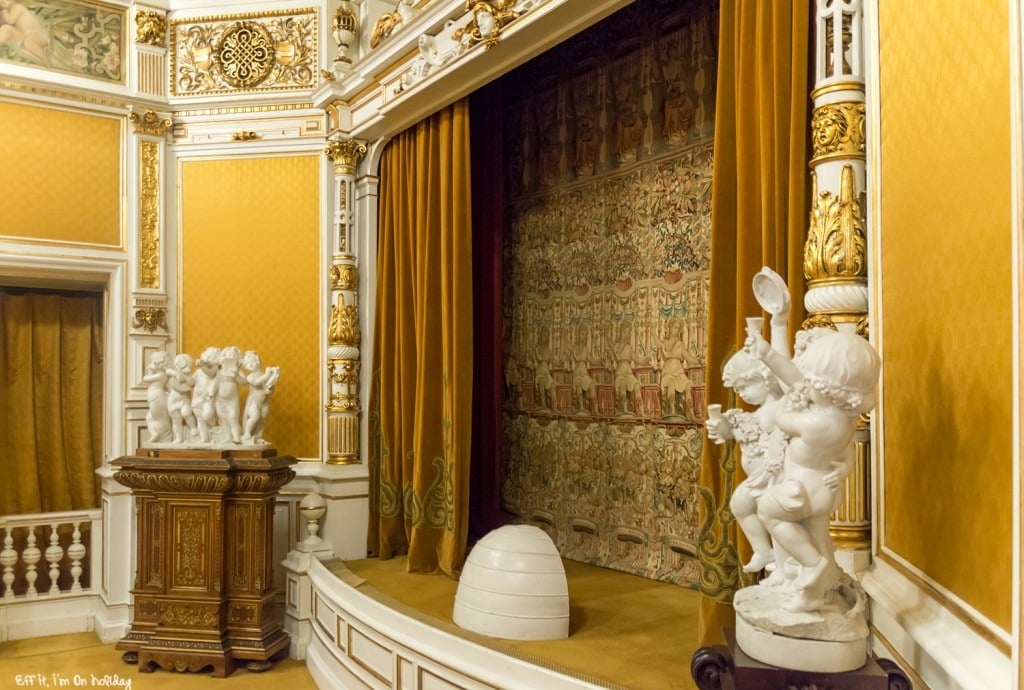Peleș Castle In Romania – One Of Europe’s Most Beautiful Castles
Peleș Castle, nestled at the foot of the Bucegi Mountains in Sinaia, Romania, is widely regarded as one of Europe’s most beautiful castles.
This magnificent structure is a masterpiece of German Neo-Renaissance architecture.
It has attracted visitors with its stunning design and rich history.
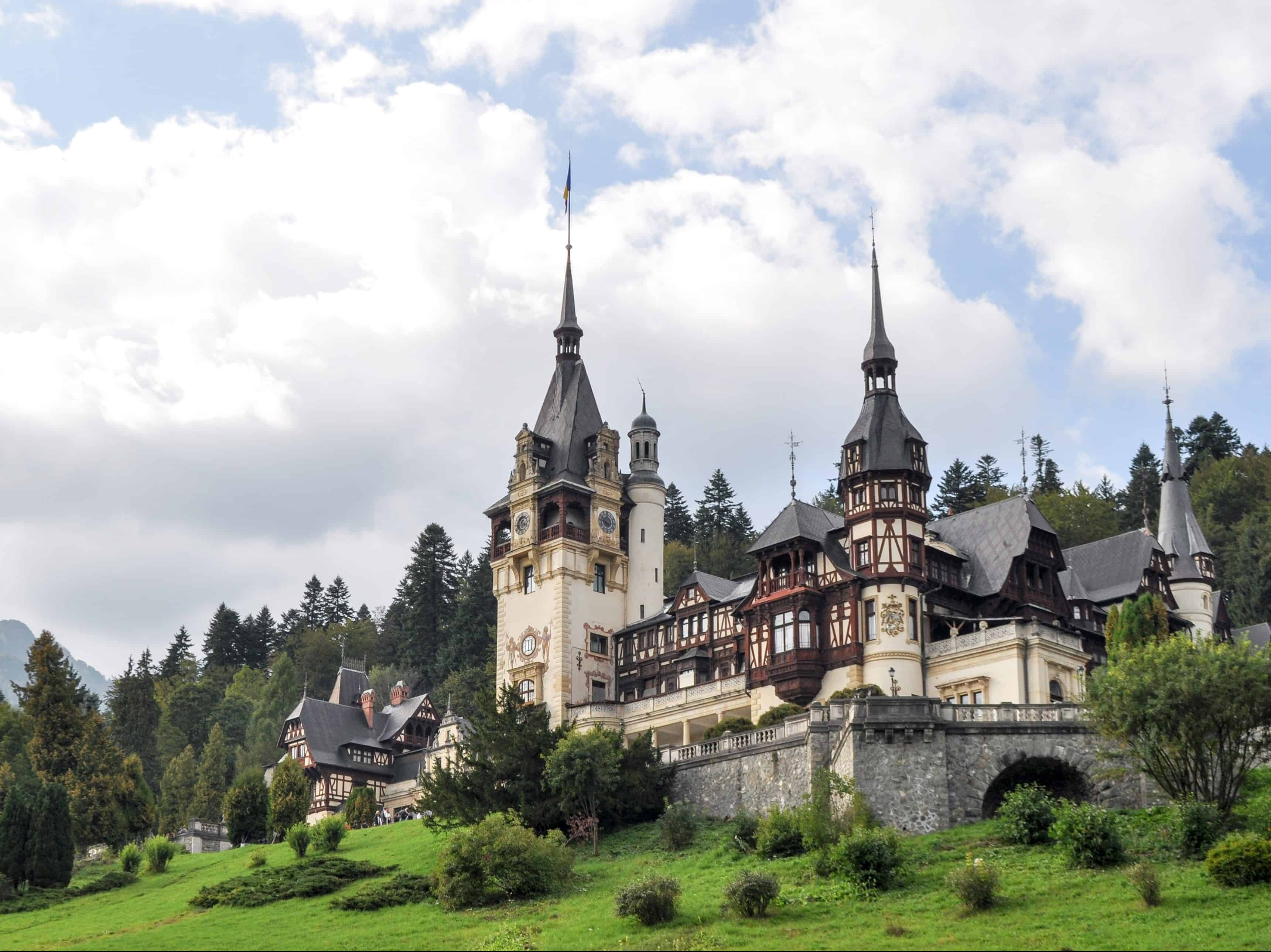
Construction of the Castle
The story of Peleș Castle begins in 1866 when King Carol I of Romania first visited the picturesque site.
Because the king was enchanted by the breathtaking mountain scenery, he decided to build a summer residence there.
Construction of the castle started in 1873 and was completed in 1883.
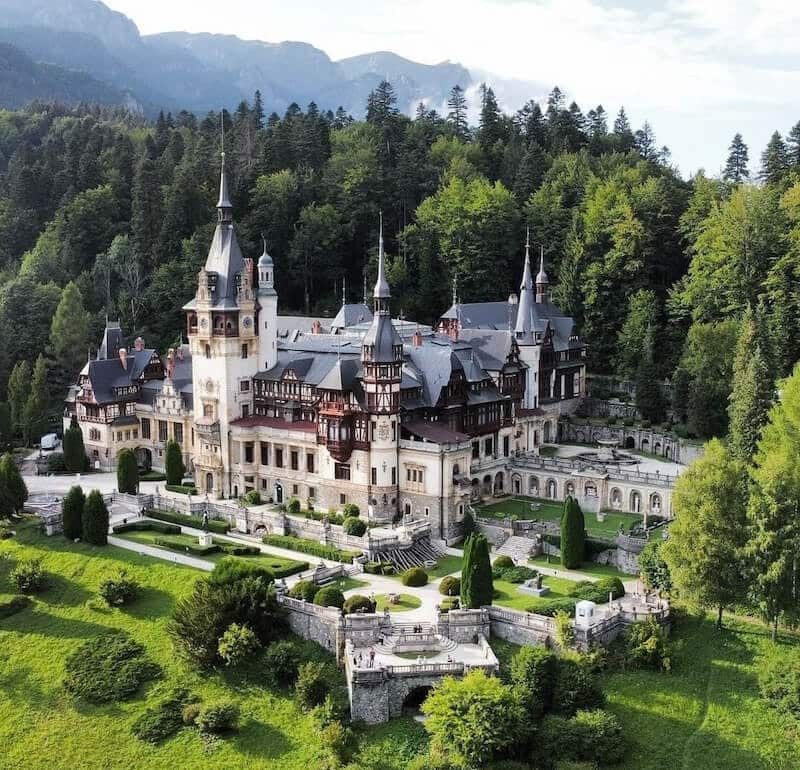
The castle’s construction was overseen by German architect Johannes Schultz, who won the project by presenting a unique design that combine Italian elegance and German aesthetics with Renaissance influences.
The castle quickly became the summer home of Romania’s royal family.
The castle was powered by locally produced electricity, making it the world’s first fully electrified castle.
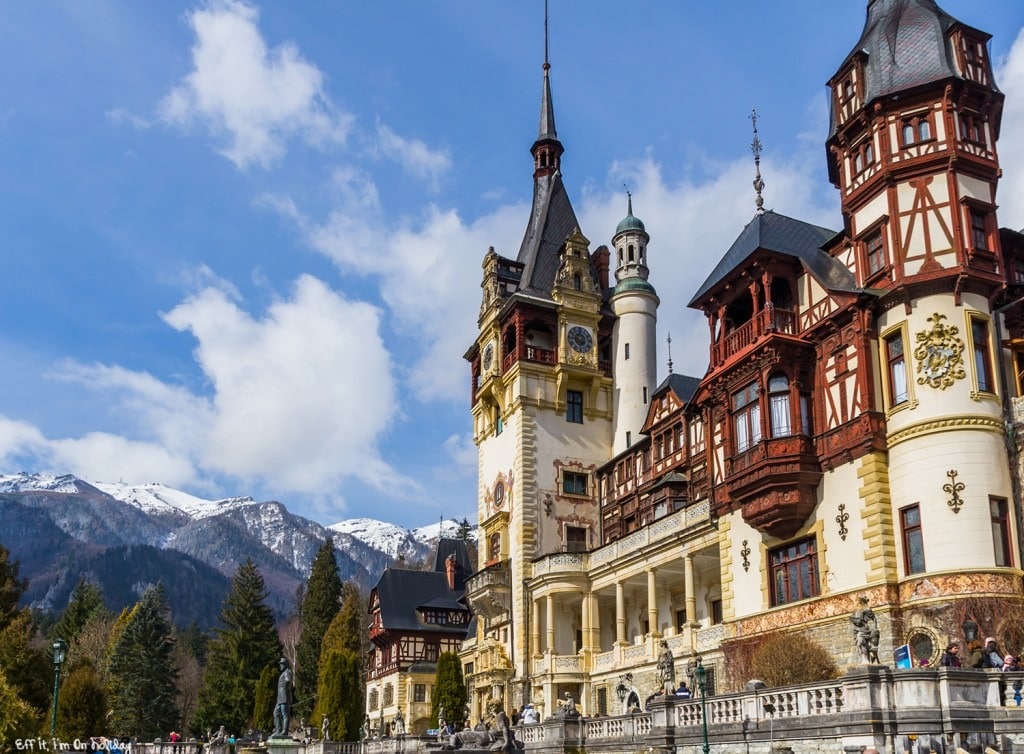
A Museum and Cultural Landmark
After the forced abdication of King Michael I of Romania in 1947, the Communist government seized all royal properties, including Peleș Castle.
It was opened as a tourist attraction and later declared a museum in 1953.
During the communist regime, the castle served as a state protocol interest area and was rarely visited by the public.

Following the Romanian Revolution of 1989, Peleș Castle was re-established as a heritage site and opened to the public.
In 2006, the Romanian government returned the Royal Domain, including all properties and land, to the former monarch, King Michael I.
Today, Peleș Castle is leased to the Romanian state and attracts hundreds of thousands of visitors annually.
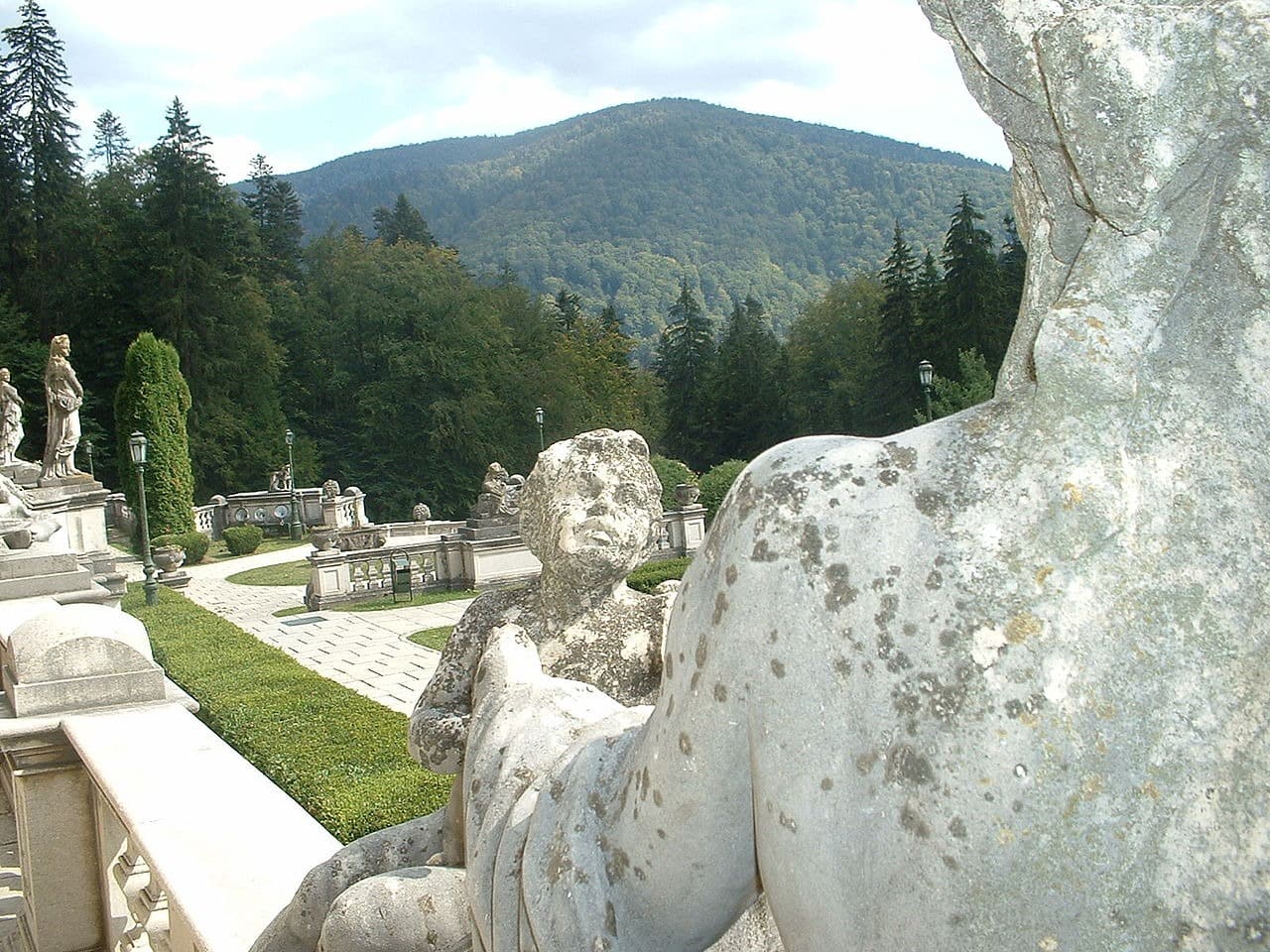
Architecture
Peleș Castle’s architecture is a blend of Neo-Renaissance and Gothic Revival styles, similar to Bavaria’s Neuschwanstein Castle.
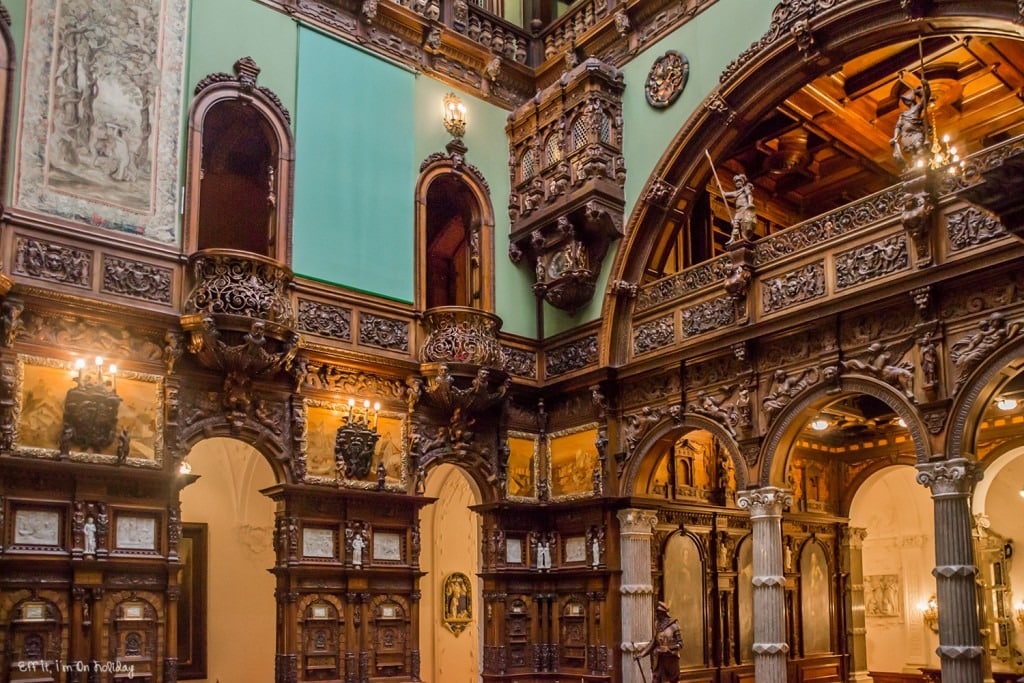
Its interior decoration is primarily Baroque, with heavily carved woods and exquisite fabrics.
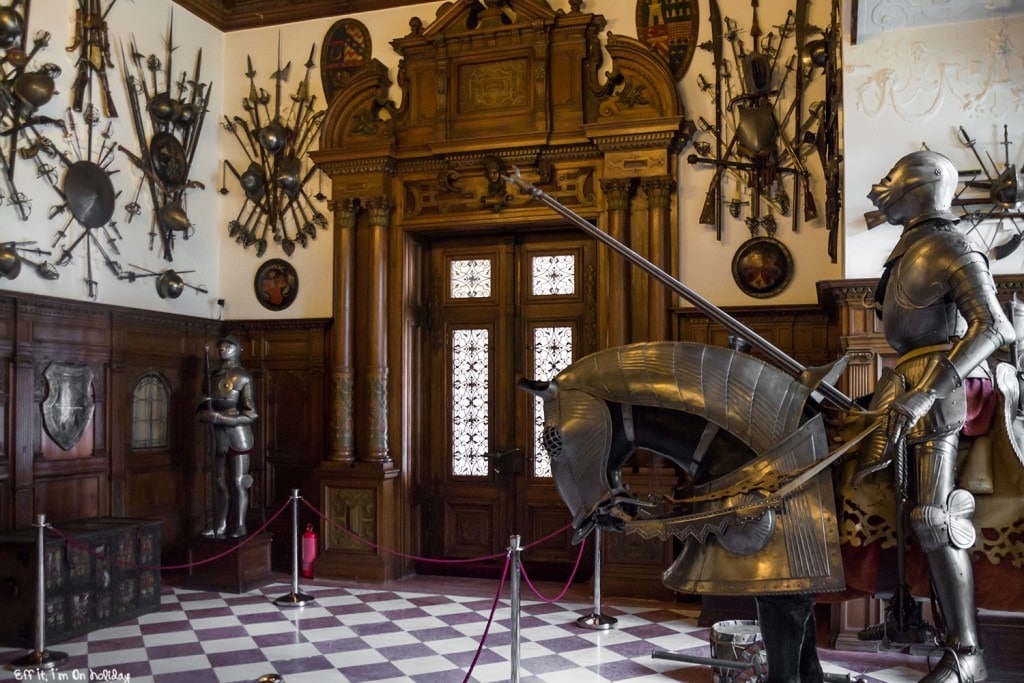
The castle boasts 160 rooms, each decorated in a different style or theme.
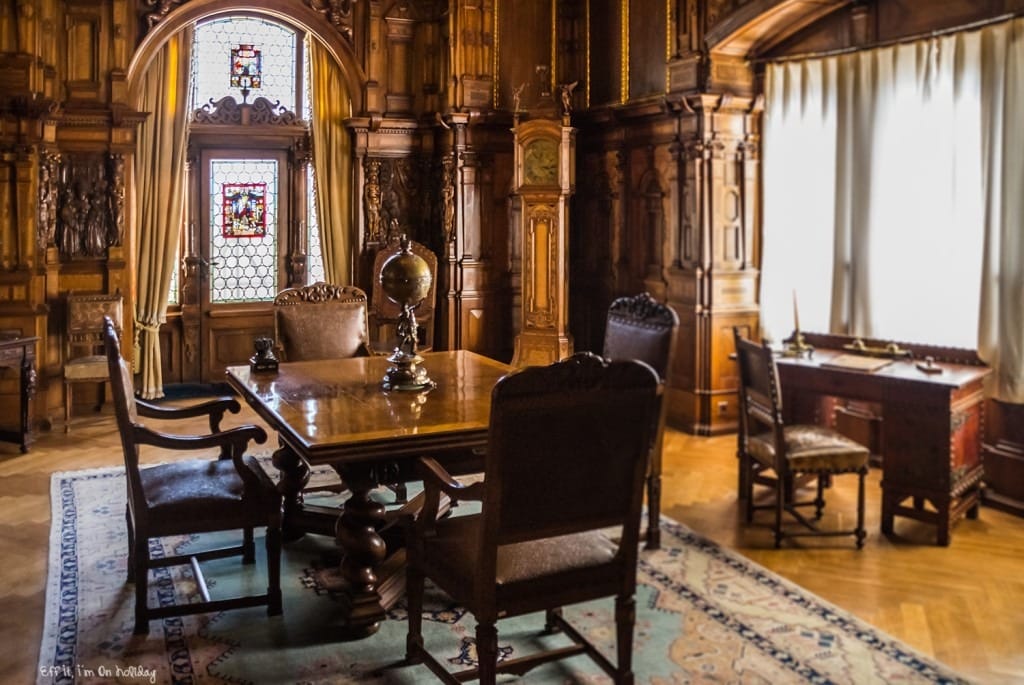
Highlights include a mini-theatre, a music room with Indian influences, a Turkish salon, an Italian great salon, a Swiss council room, and a Moorish hall.

The castle is adorned with fine European art, Murano crystal chandeliers, German stained-glass windows, and Cordoba leather-covered walls.
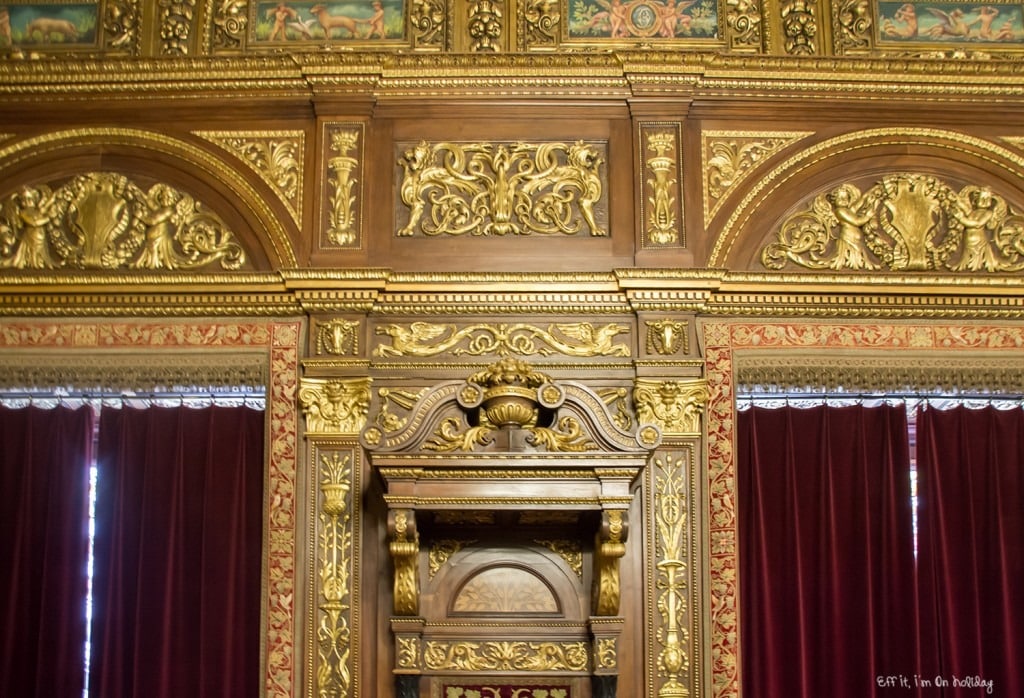
The Castle in Films
The castle has also appeared in various films, including “The Brothers Bloom” and the Netflix original film “A Christmas Prince” and its sequels.
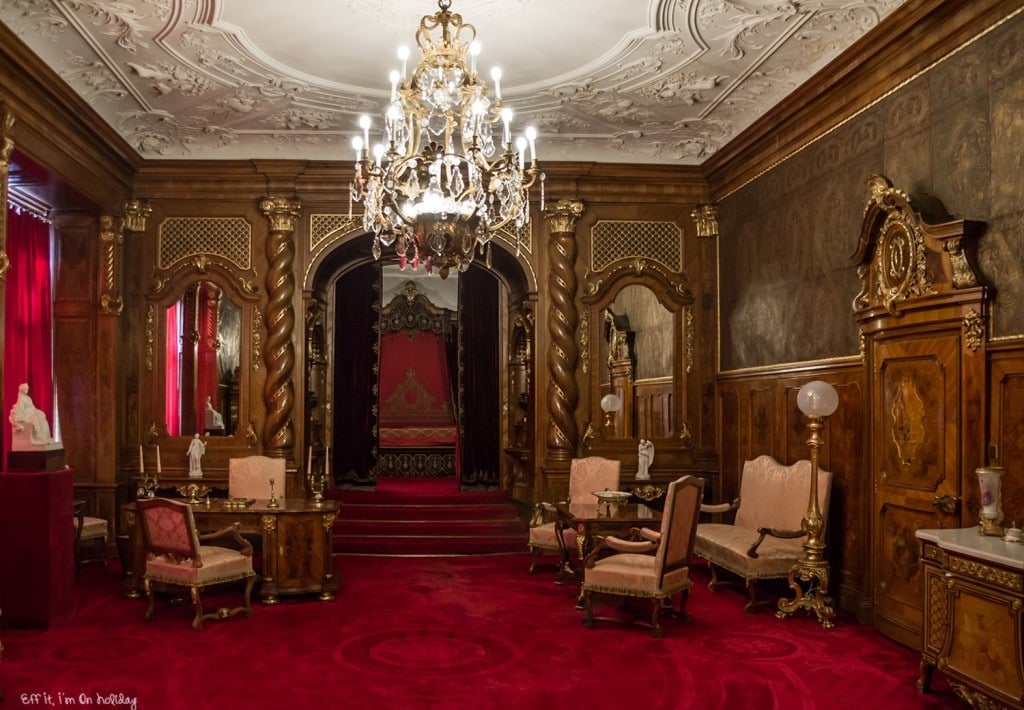
It was featured in Hallmark Channel movies “A Princess for Christmas” and “Royal Matchmaker.”
